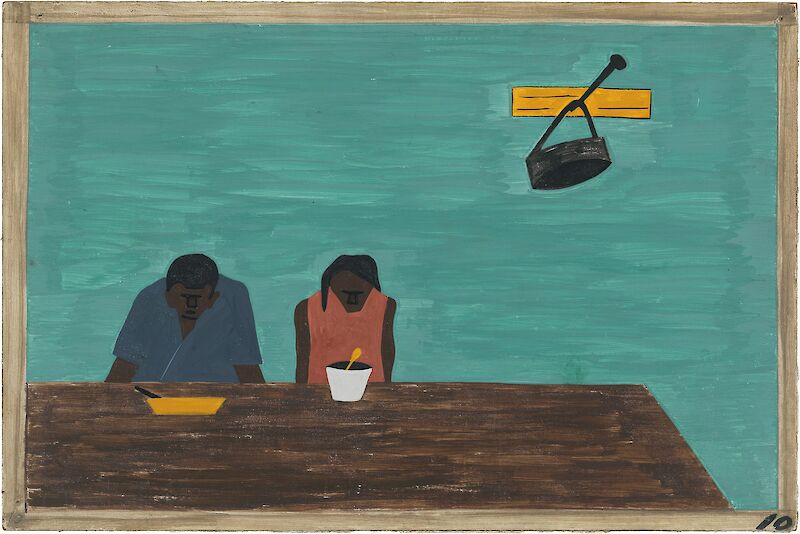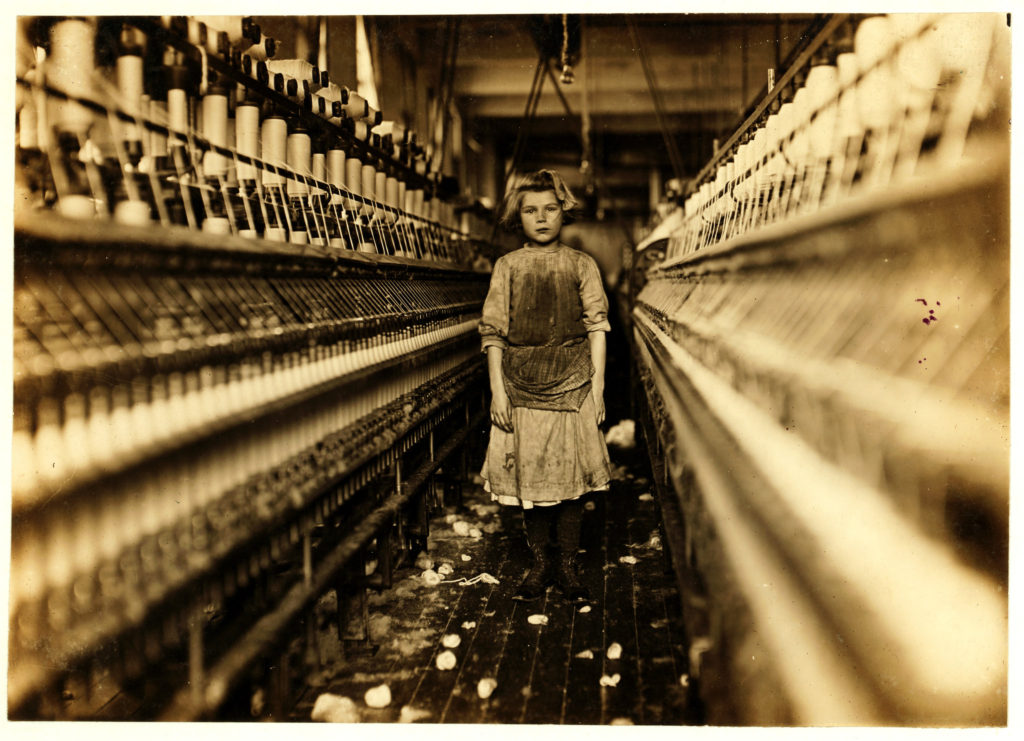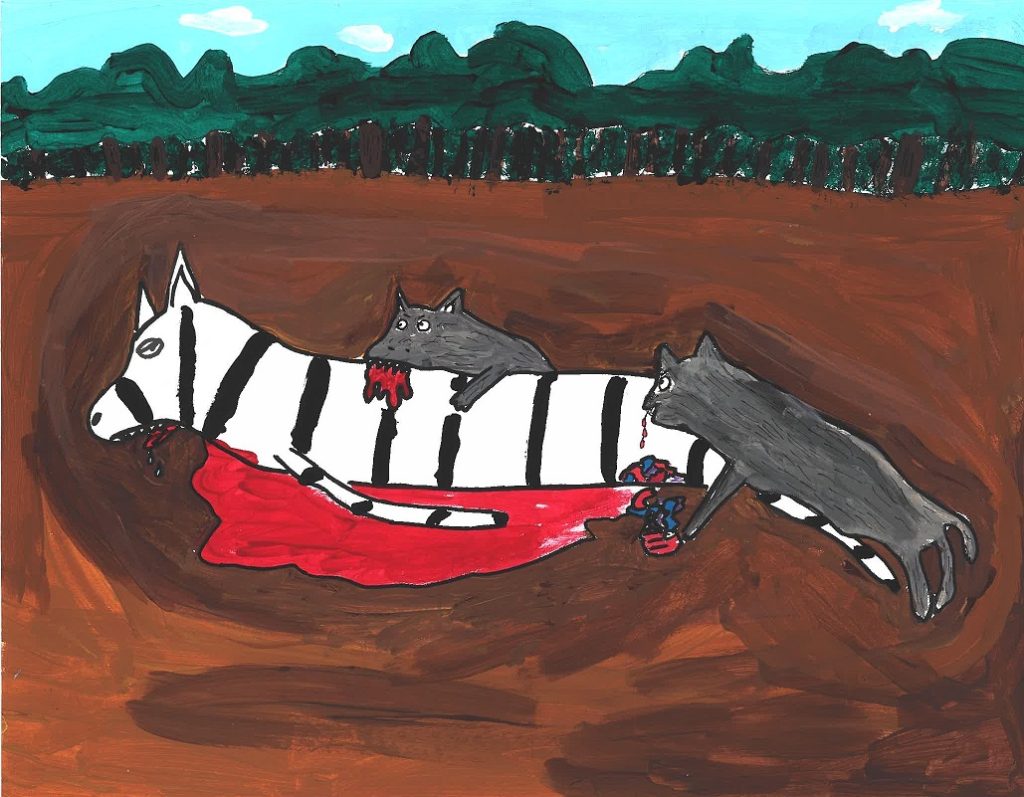Sentio-Social Realism: A Call to Artists
“Social realism-Term used to refer to the work of painters, printmakers, photographers and film makers who draw attention to the everyday conditions of the working classes and the poor, and who are critical of the social structures that maintain these conditions.”
James G. Todd Jr.
“Do not avoid suffering or close your eyes before suffering. Do not lose awareness of the existence of suffering in the life of the world. Find ways to be with those who are suffering, including personal contact, visits, images and sounds. By such means, awaken yourself and others to the reality of suffering in the world.”
– Thich Nhat Hanh
Intro
Social Realism is an art style used to depict perceived inadequacies in social and economic conditions. It generates concern for the poor, the hungry, and the unemployed–humans suffering and exploited by oppressive societal forces. For example, some famous U.S. social realists and the subjects they engaged with are Ben Shahn(who depicted the aftermath of the 1926 Sacco and Vanzetti Trial), Philip Evergood(who painted labor movement violence, like this piece of the 1937 Labor Day Chicago Strike), Jacob Lawrence(who showed the discrimination African Americans faced in the Jim Crow south and their path north during the Great Migration), and Dorothea Lange(who photographed refugees of the dust bowl). The roots of Social Realism lie in 19th century European artists like Jean-Francois Millet and Gustave Courbet, who depicted peasants and laborers in a dignified, empathetic light as the industrial revolution took off. Social Realism flourished in the U.S. during the Progressive Era, with documentary photographers Lewis Hine and Jacob Riis exposing the horridness of child labor and the squalid tenement houses in New York City, respectively. It also flourished during the Great Depression, as artists(inspired by the Mexican Muralists from the previous decade) tried to offer alternative economic systems and foster a sense of solidarity with the common worker when unemployment hit a record 25%.
Today, Social Realism is global in scope. In fact, much contemporary art is political in nature, grappling with our fractured post-colonial, neoliberal world, and advocating for the world’s most vulnerable populations. Though not always pictorially realistic, Social Realist artworks attempt to depict the heart-rending truth of suffering; they are meant to generate empathy for the afflicted, the dispossessed, the lonely, and inspire progressive sociopolitical action.
Sentio-Social Realism
A lot has changed in the 150 years since Social Realism’s birth. Technological advances have made us hyper-aware of our world. Through radio waves via TV, radio, and Wifi, we are acutely aware of global suffering, i.e. images of the 123 million mal-nourished people in Sub-Saharan Africa, written reports of torture in 141 countries, video news reports of the 100 million people forcibly displaced from their homes. In addition, due to advances in comparative neurobiology and other related fields, we now know that many species besides humans suffer: 70 Billion land animals are tortured on factory farms per year, 100 Million animals are imprisoned and tortured for their fur each year, and 190 Million animals are subjected to cruel and brutal laboratory tests each year, for example. And we are just now realizing that “the vast majority of animals in the wild die shortly after coming into existence, with their lives containing little more than the pain of their deaths.”2
These new developments call for a renewal of Social Realism–a new Social Realism, with the concern for suffering expanded to include all sentient beings, emphasizing those suffering intensely. While traditional Social Realist art focuses on income, wealth, and health inequities, racial hatred, and child labor, and criticizes the structures that maintain these conditions, this new art movement(which I call Sentio-Social Realism) could focus on these same issues(which still plague our world), while also emphasizing the devastating effects of Global Poverty, the suffering of people with Cluster Headaches, Factory Farming, the suffering of animals in the wild, Torture, Modern Slavery, lack of access to pain relieving medication and palliative care in low and middle-income countries, and any space in our world where sentient beings are in pain. Artworks exposing this suffering(which is often hidden from public view) would generate concern for those enduring such experiences, and would help build the global movement to alleviate intense pain. Picking up the mantle from the Social Realists, a new generation of artists is called to create this art, inspiring society to care about the suffering of others, and ultimately work towards its abolition.
Citations
- James G Todd. “Social realism in: Grove Art Online.” Grove Art Online, https://www.oxfordartonline.com/groveart/search?siteToSearch=groveart&q=social+realism&searchBtn=Search&isQuickSearch=true. Accessed January 20, 2023.
- Nhat Hanh, Thich. “The Fourteen Precepts of Engaged Buddhism” Dharma Refuge, https://www.dharmarefuge.com/14-precepts-engaged-buddhism.html. Accessed January21 2023.
- https://www.animal-ethics.org/situation-of-animals-wild/
Images Used:
- Lawrence, Jacob. “Migration Series No. 10: They were very poor.” Jacob Lawrence–The Migration Series, https://lawrencemigration.phillipscollection.org/the-migration-series/panels/10/they-were-very-poor. The Museum of Modern Art, New York. Accessed January 23, 2023.
- Hine, Lewis. Lewis Hine: Spinner in Globe Cotton Mill, Augusta, Georgia, 1909. Flickr, https://www.flickr.com/photos/trialsanderrors/2867176621. Accessed January 21 2023.
- Collins, Matthew. Predation. Albany, NY. 2022.



